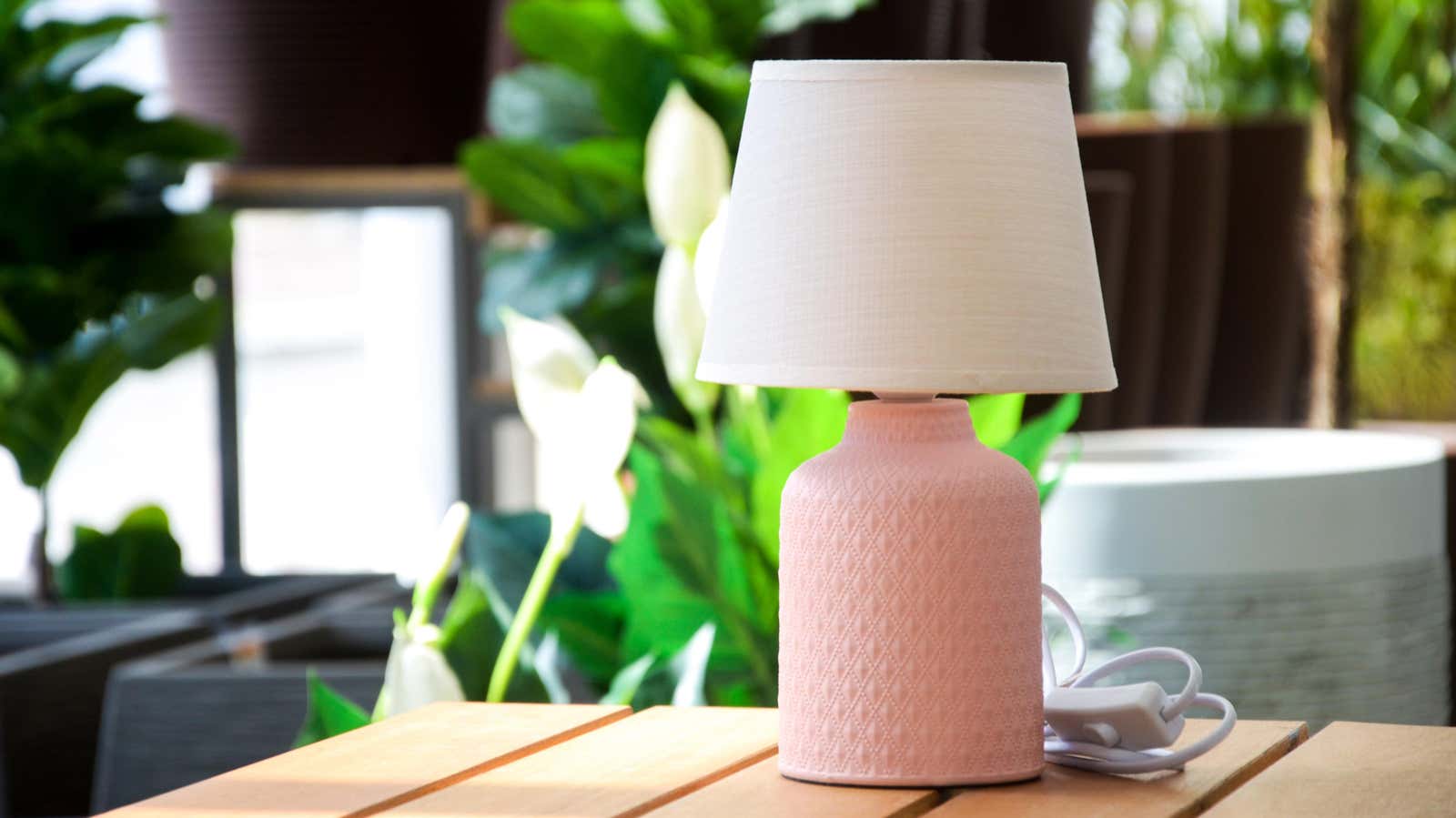How to Paint Old Lampshades (and Why You Need It)

Lamps tend to have a longer shelf life than soft furnishings such as sofas, armchairs, and upholstered chairs. They are much easier to move around (and therefore give away to family or friends when you no longer need them), they don’t start to sag over the years, and as long as the wiring is fine, they are fairly easy to get up and running – even if they’ve been idle for a long time.
And while these are all great qualities of a household item, the lamp that was originally purchased when your aunt remodeled her house in 1997 may not suit your current decor. Or maybe you’ve found a vintage lamp with an interesting base but a terrible shade (or a perfectly shaped lamp shade, but the wrong color, or stained with age).
In situations like this, you might consider painting your lampshade. And in an article for The Spruce, Lauren Thomann provides information and advice on exactly how to do it. Here are some of your options for coloring your lampshade.
How to prepare a lampshade
Before you start working on the paint, you first need to clean the lampshade. Thomann suggests doing this by removing dust, debris or lint with a vacuum cleaner attachment. If you don’t have a vacuum cleaner with attachments, or your lampshade is too fragile to vacuum, try using a lint roller or soft cloth and light touch instead.
This step is important, Toman says, because any remaining dust or debris will eventually get stuck in the paint and can prevent you from achieving the desired result (and your dream lampshade).
Various types of paints and techniques
It is now up to you to decide which type of paint to use based on the amount of time (and patience) you have, as well as the look you want. Here are some options:
Watercolor
From all types of paints and techniques, it is obvious that Thomann is an especially big fan of the use of watercolors for lampshades. In fact, the main body of this article is a step-by-step guide to this technique .
In this tutorial, Thomann paints a design embossed on a lampshade in different colors and notes that watercolor is ideal for creating an ombre effect. Also, any watercolors you have (or buy) will do: Thomann says there is no need to invest in anything expensive.
Balon with paint
Not enough time (and / or patience) and just want to change the color of the lampshade? “This is a spray paint job, ” Thomann says , noting that the job requires goggles and a respirator and should be done outdoors.
Pick your color and apply one coat of spray paint to the lampshade. When it’s dry, stick it back into the lamp, turn it on and see if you missed any stains or the paint is uneven. If you are happy with the results, then you are done. If not, apply a second coat.
Factory paint
You might also consider using fabric paint, which is made from “an acrylic resin that adheres to the fabric and withstands some abuse from dust and heat from a hot light bulb,” Thomann explains . This means that it should not crack or fade over time.
Another advantage of fabric paint is that you can apply it lightly or thickly to best match your decor (as opposed to watercolor and spray paint, which are less versatile). What’s more, Thomann says that if you plan on using duct tape to paint your lampshade or mask an area, fabric paint is the way to go.